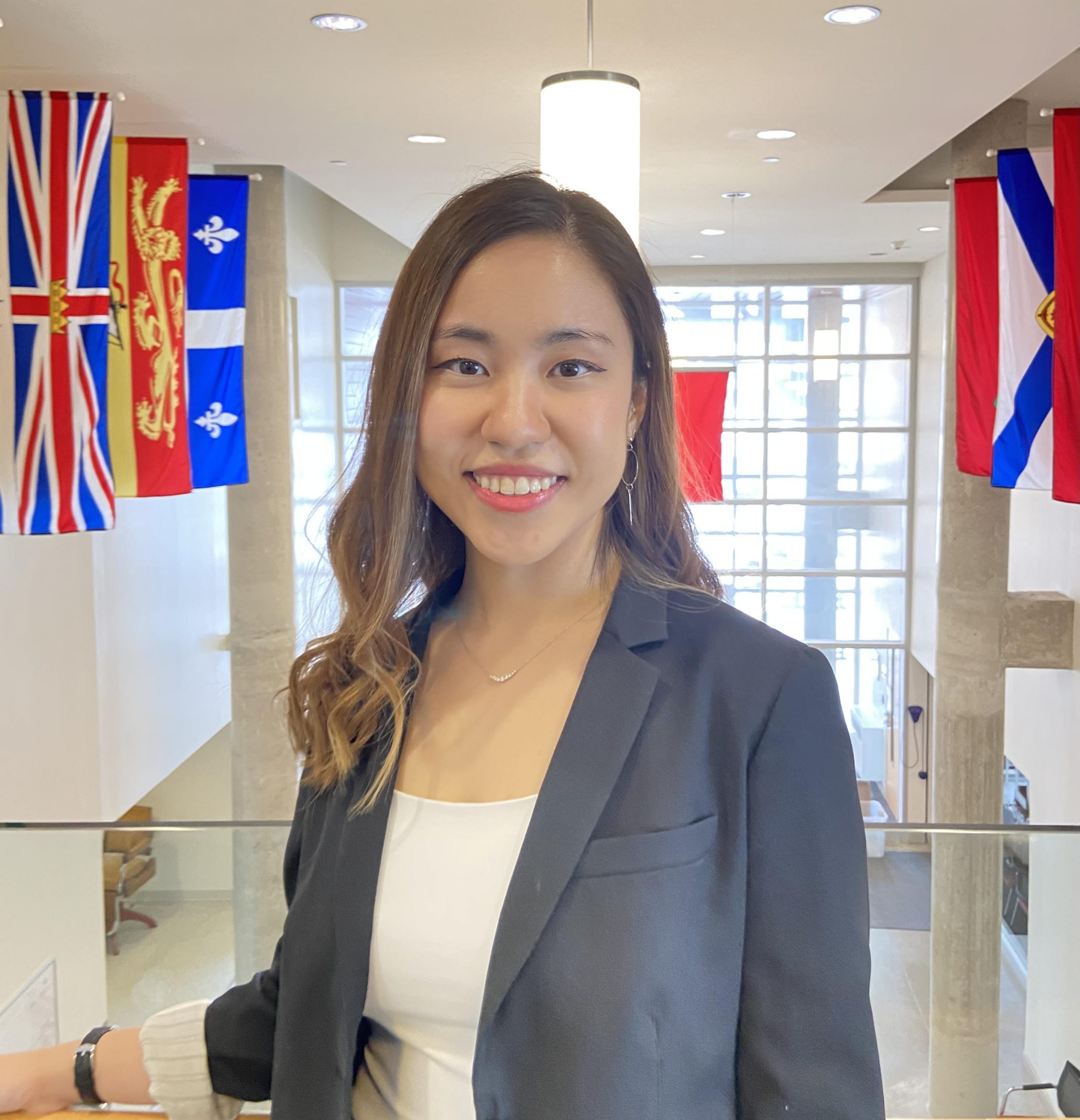
Kicking off the Holiday Season is also a time to ensure that you have done the necessary year-end tax planning which can help lessen your tax bill come the new year.
Personal Year End
Regardless of the year end you have selected for your corporation, every person in Canada has a taxable year end of December 31st. Therefore, it’s important to review some key tax considerations prior to December 31st.
RESP
A Registered Education Savings Plan has some rules around both withdrawals and contributions. On the contribution side, eligible grant recipients are not only lifetime capped, but also annually capped. As a result, timing of contributions that generate grants is important to review prior to year end.
Withdrawals can be a little, I mean a lot, more complicated. You have six months after you have completed your post-secondary education to make a final request for grants, bonds and growth withdrawals (known as Education Assistance Payments or EAPs). In addition, for the first 13 weeks of a program, you can only request a maximum EAP of $5,000. Keep in mind that EAPs are deemed fully taxable income to the student. Therefore, as year end approaches, you may have an opportunity to withdraw a second EAP for a first year student who might have low taxes for 2022.
RDSP
You have until year end to make a contribution to be eligible for 2022 grants in a Registered Disability Saving Plan. These plans and associated grants are available to qualified disabled persons in Canada.
Strategic TFSA Withdrawals
Any withdrawals that you make from your TFSA are added back to your contribution room come January 1, 2023. Therefore, if you are looking to withdraw funds from your TFSA, it might be wise to do so prior to year end. This can be especially valuable if you are moving from a bank TFSA savings account into an investment early in the new year for example.
Paying Corporate Dividends
If you plan to pay dividends over the winter, consider the tax timing for both you and your corporation. Any 2022 dividends declared for a corporate year end prior to December 31 will be taxable on your 2022 personal tax return. You will want to weigh out the timing based on other income you have earned in 2022 and what you expect to earn in 2023 to determine the best timing.
Corporate Investment Earnings
Because corporate investment earnings over $50,000 in a year will erode your small business deduction tax break, it is important to review the earnings regularly and make adjustments either through strategic payments, setting up an Individual Pension Plan (IPP) or purchasing corporate owned exempt life insurance for example.
Tax Loss Selling of Investments
Given the market volatility we have seen this past year, your non-registered accounts may have capital losses. These losses can be triggered and used to offset taxable capital gains from the past three years (and can be carried forward indefinitely – so be sure to keep track of them). Therefore, if you have been sitting on a shareholder loan repayment, it might be a great time to liquidate some corporate investments to pay yourself back, all the while triggered a tax credit for your corporation and transferring tax free money to your pocket!
Likewise, it may be a good time to withdraw from your personal non-registered accounts to cover off some debts you are carrying, pay for home renos, or create cash to reinvest in your RRSP.
Income Splitting & Prescribed Rate Loans
The use of prescribed rate loans might be worth looking at if one spouse is in a high tax bracket while the other is in a lower tax bracket. The current prescribed interest rate is 3% and is set to increase to 4% January 1, 2023. Once the loan is set, the interest rate remains for the duration of the loan. This is higher strategy planning that also needs to involve your accountant and lawyer and should be discussed in greater detail should you wish to review this option.
Charitable Donations
Receipted donations are grouped together and are eligible for a 15% federal credit (and typically additional provincial credit) on the first $200. On amounts exceeding $200, the federal rate jumps to 29% (and is actually 33% if your taxable income exceeds $221,708). So if you are thinking of donating in January, you might want to move that forward!
RRSP
I know you are wondering why this is so late in the list – but the 2022 RRSP contribution deadline isn’t until March 1, 2023.
As you finalize your earned and taxable passive income for 2022, your next step is to review optimal RRSP contributions for overall average tax rate management, now and in retirement.
Understanding your 2022 income and available cash flow is key to ensuring you have drawn out appropriate salary and dividends from your professional corporation prior to December 31.
So Many Options
There are so many options and opportunities to save tax if you plan ahead. Of course, the best fit options are based on your personal situation and goals.
Advisory
As your Chief Financial Officer, I am here to help you sort out the options that make the most sense for you. Helping you understand your money and assisting you in making smart decisions about your debt repayment, insurance protection, tax management and wealth creation, are just some of the ways that I work as your fiduciary.
Have more questions than answers? Educating you is just one piece of being your personal CFO that we do. Call (780-261-3098) or email (Roxanne@C3wealthadvisors.ca) today to set up your next conversation with us.
Roxanne Arnal is a former Optometrist, Professional Corporation President, and practice owner. Today she is on a mission of Empowering You & Your Wealth with Clarity, Confidence & Control.
These articles are for information purposes only and are not a replacement for personal financial planning. Everyone’s circumstances and needs are different. Errors and Omissions exempt.
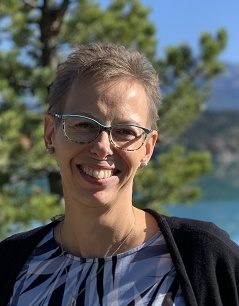
ROXANNE ARNAL,
Optometrist and Certified Financial Planner
Roxanne Arnal graduated from UW School of Optometry in 1995 and is a past-president of the Alberta Association of Optometrists (AAO) and the Canadian Association of Optometry Students (CAOS). She subsequently built a thriving optometric practice in rural Alberta.
Roxanne took the decision in 2012 to leave optometry and become a financial planning professional. She now focuses on providing services to Optometrists with a plan to parlay her unique expertise to help optometric practices and their families across the country meet their goals through astute financial planning and decision making.

















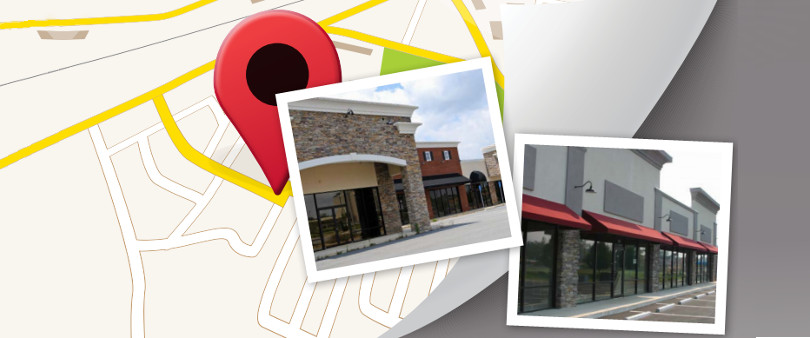


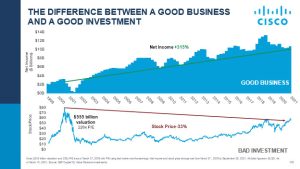


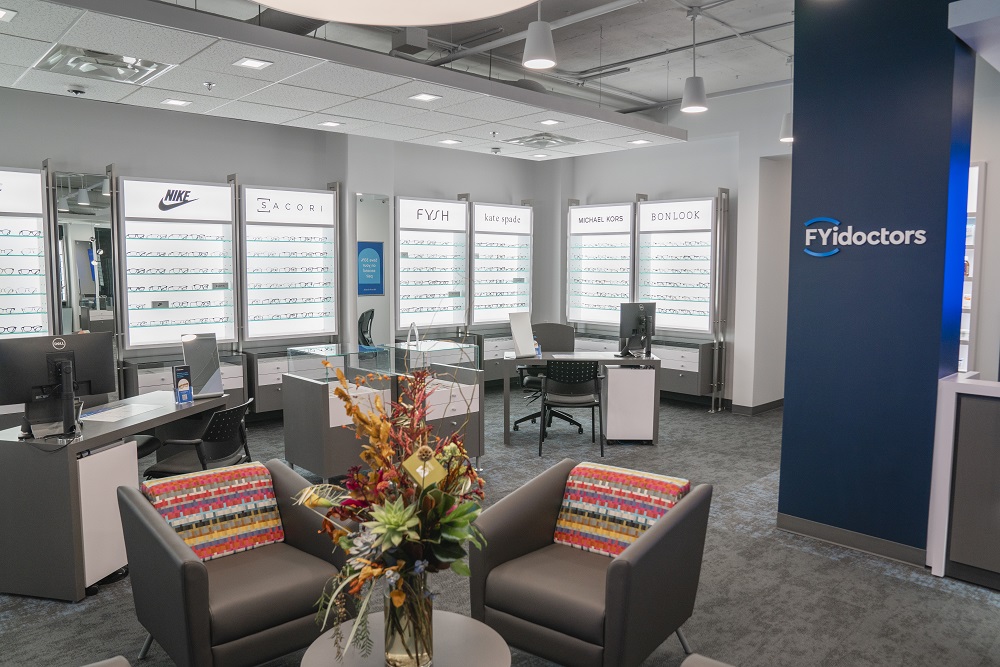

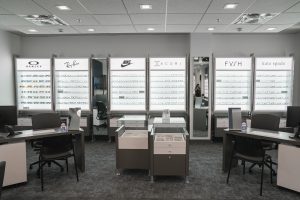


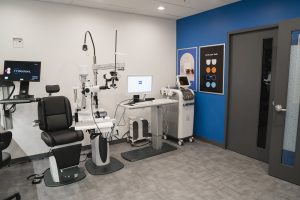
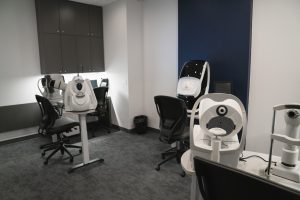



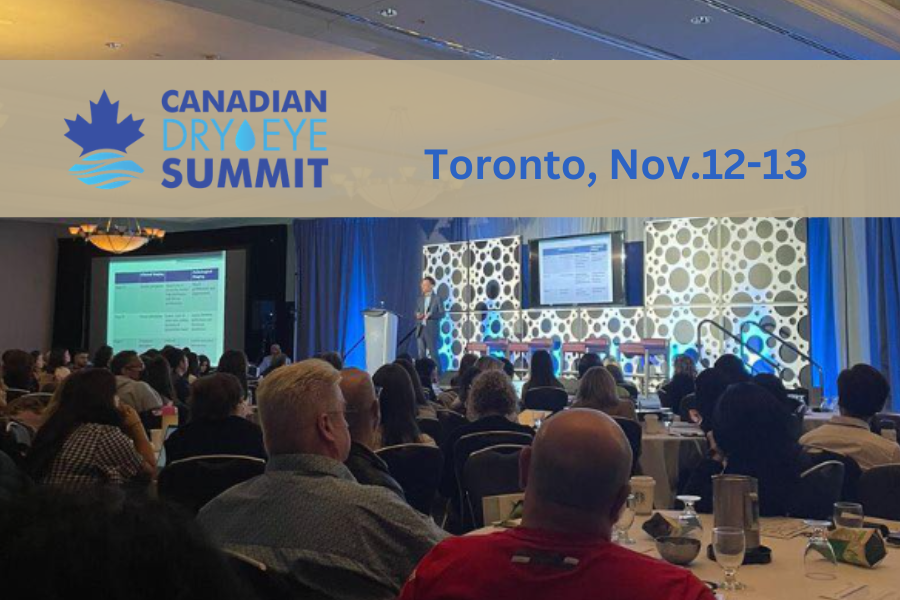
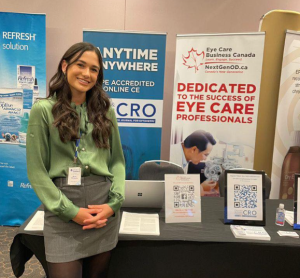
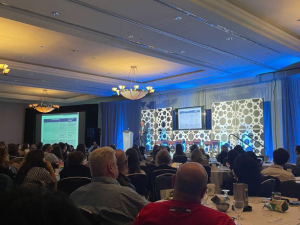
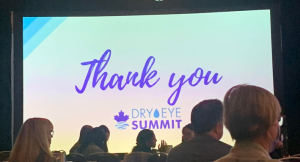 With the resources available to us, it is easier now than ever to stay up-to-date in the field, whether by reading case reports from fellow optometrists or attending trade shows and actively engaging with industry representatives.
With the resources available to us, it is easier now than ever to stay up-to-date in the field, whether by reading case reports from fellow optometrists or attending trade shows and actively engaging with industry representatives.